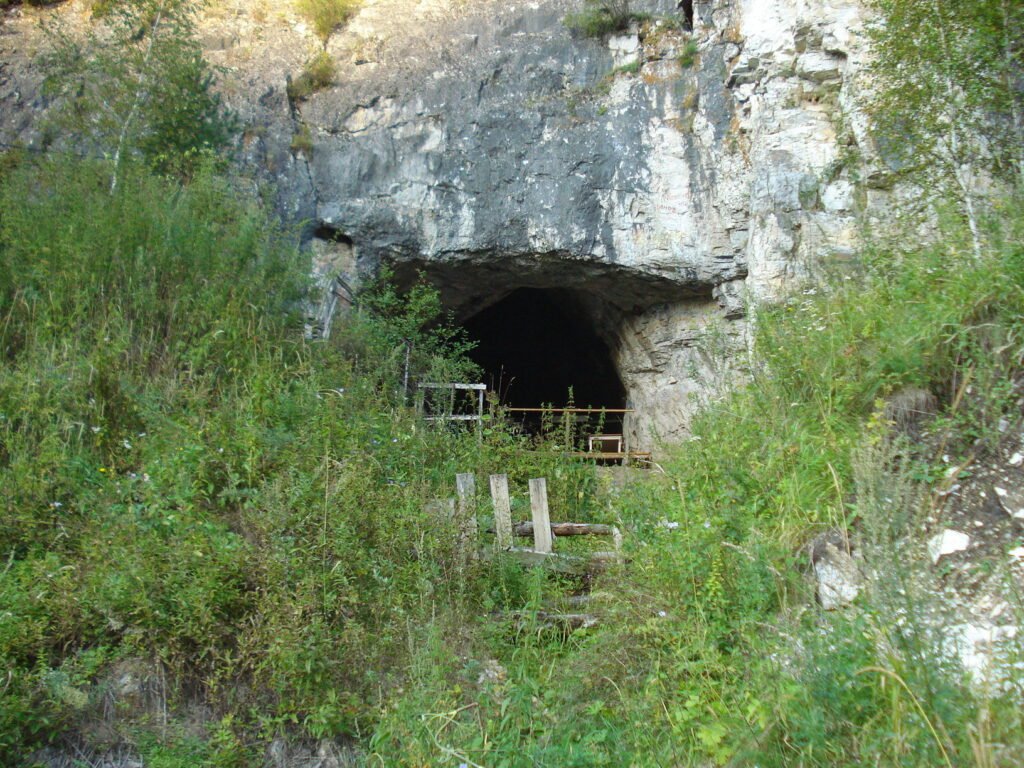It’s almost impossible to imagine—three different kinds of ancient humans, all living in the same cave, not just years apart, but sometimes mere centuries, or even decades, from one another. Yet deep in the heart of Siberia, such a place exists. Called Denisova Cave, this unassuming rocky chamber has become one of the most astonishing archaeological sites of our era. Here, in the cold darkness, Denisovans, Neanderthals, and early modern humans all left traces of their lives—bones, tools, even bits of jewelry—painting a haunting and thrilling portrait of how our species once shared the world with others. The discoveries from this cave have rewritten the human story, turning what was once a straight line into a tangled, fascinating web. Ready to step inside?
The Enigmatic Entrance: Where Past and Present Collide
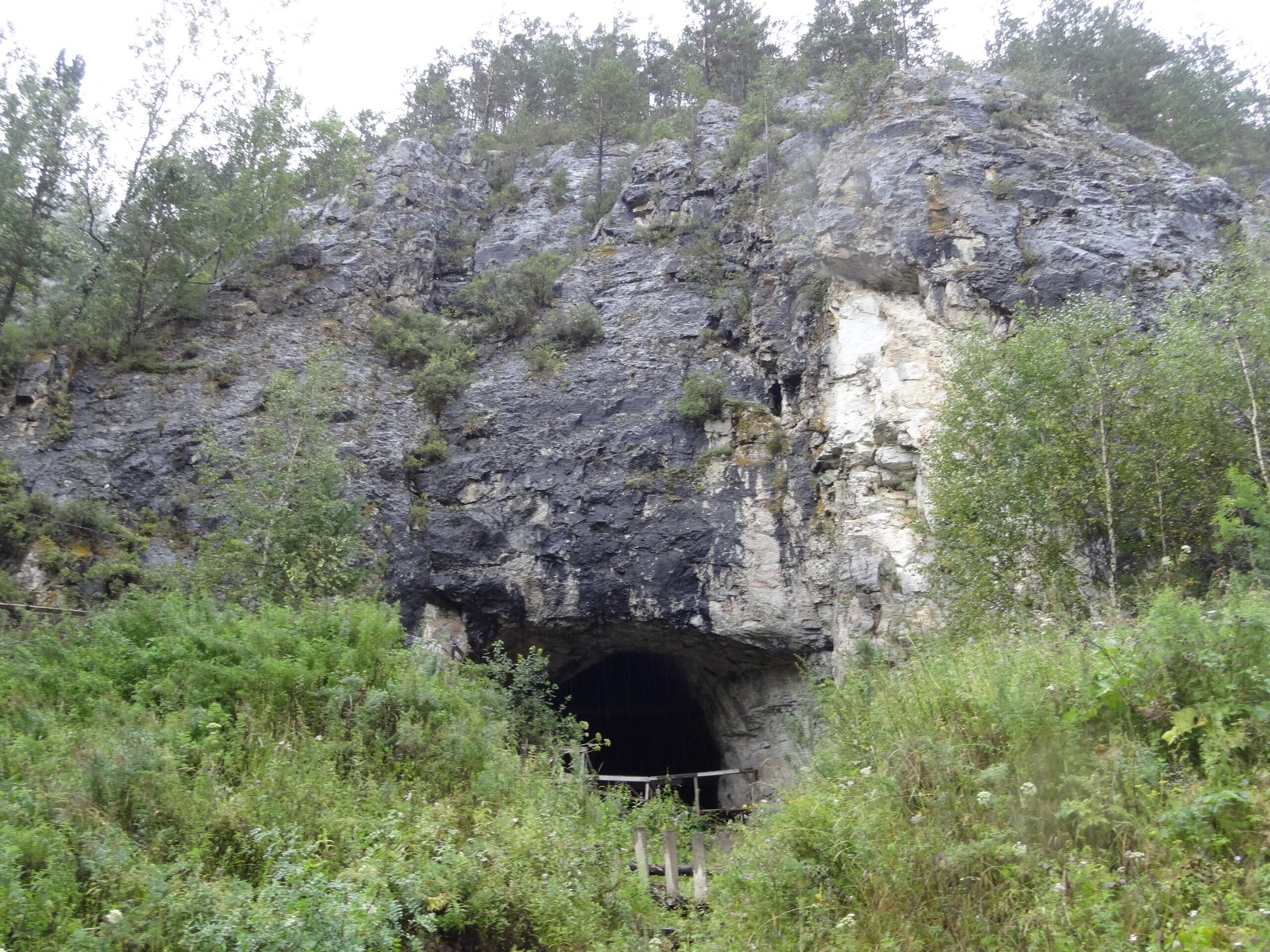
When explorers first stumbled upon Denisova Cave in the Altai Mountains, there was little to suggest its world-shaking significance. The entrance, shadowed and mossy, looks like many other caves scattered across Siberia. But as scientists began to dig, they unearthed an archaeological goldmine. Layers of sediment, packed with bones and ancient artifacts, told a story stretching back over 200,000 years. Standing at the threshold, you can almost feel the weight of time pressing down—a place where three distinct branches of the human family tree once crossed paths.
The Denisovans: Shadows from the Deep Past
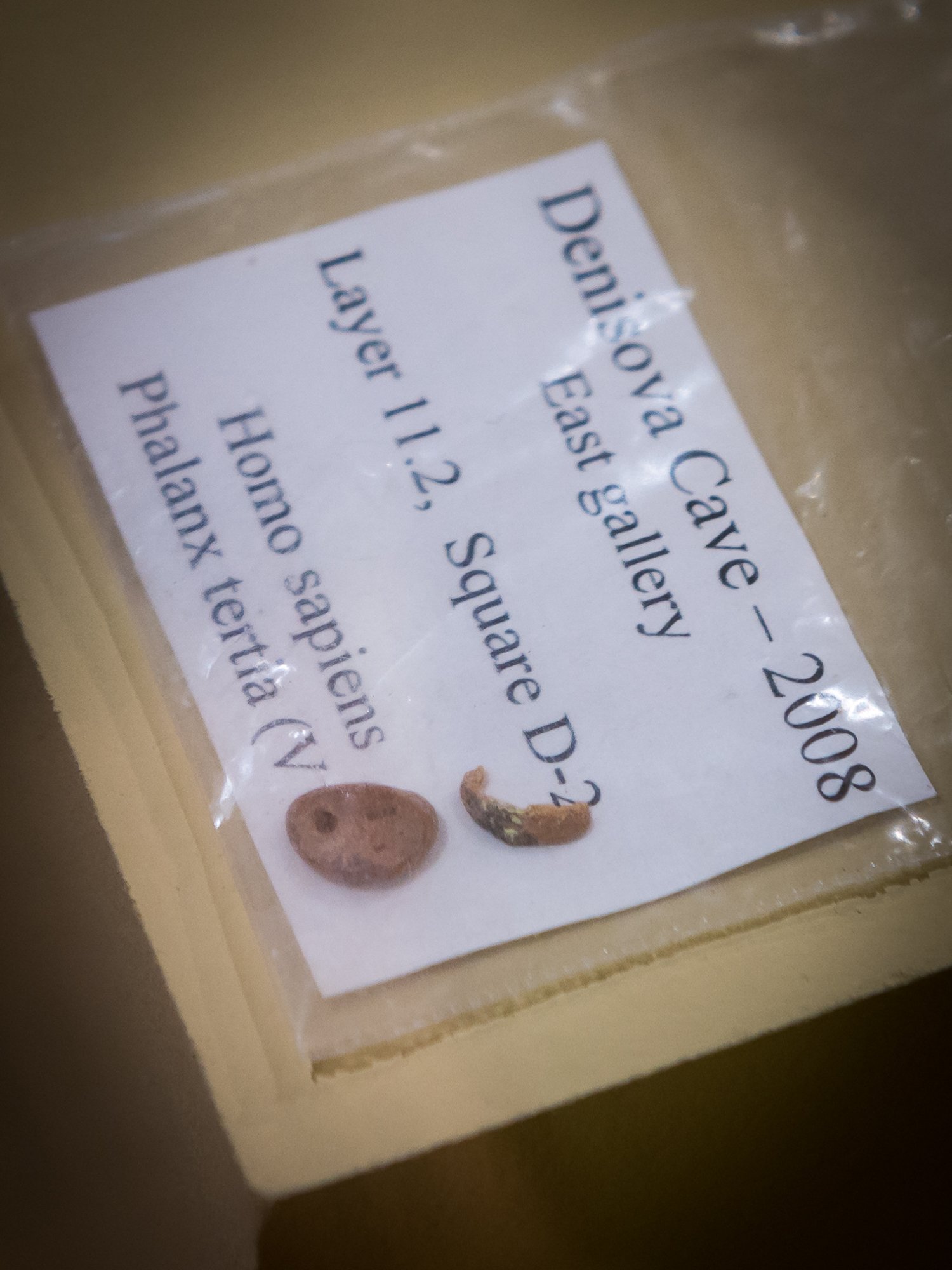
The Denisovans themselves were a total surprise to science. Their existence was unknown until 2010, when a tiny piece of finger bone, smaller than a coin, yielded DNA unlike anything seen before. Here was a sister species to both Neanderthals and modern humans, living in Siberia’s harsh climate. The Denisovans left behind stone tools, ornaments, and even the oldest known needle. While we still know little about what they looked like, their genes live on in millions of people today—especially in populations in Melanesia and Southeast Asia, where up to 5% of DNA can be Denisovan in origin. Their story is a reminder of how much can be hidden, waiting to be discovered.
Neanderthals: Our Familiar Cousins in the Cave
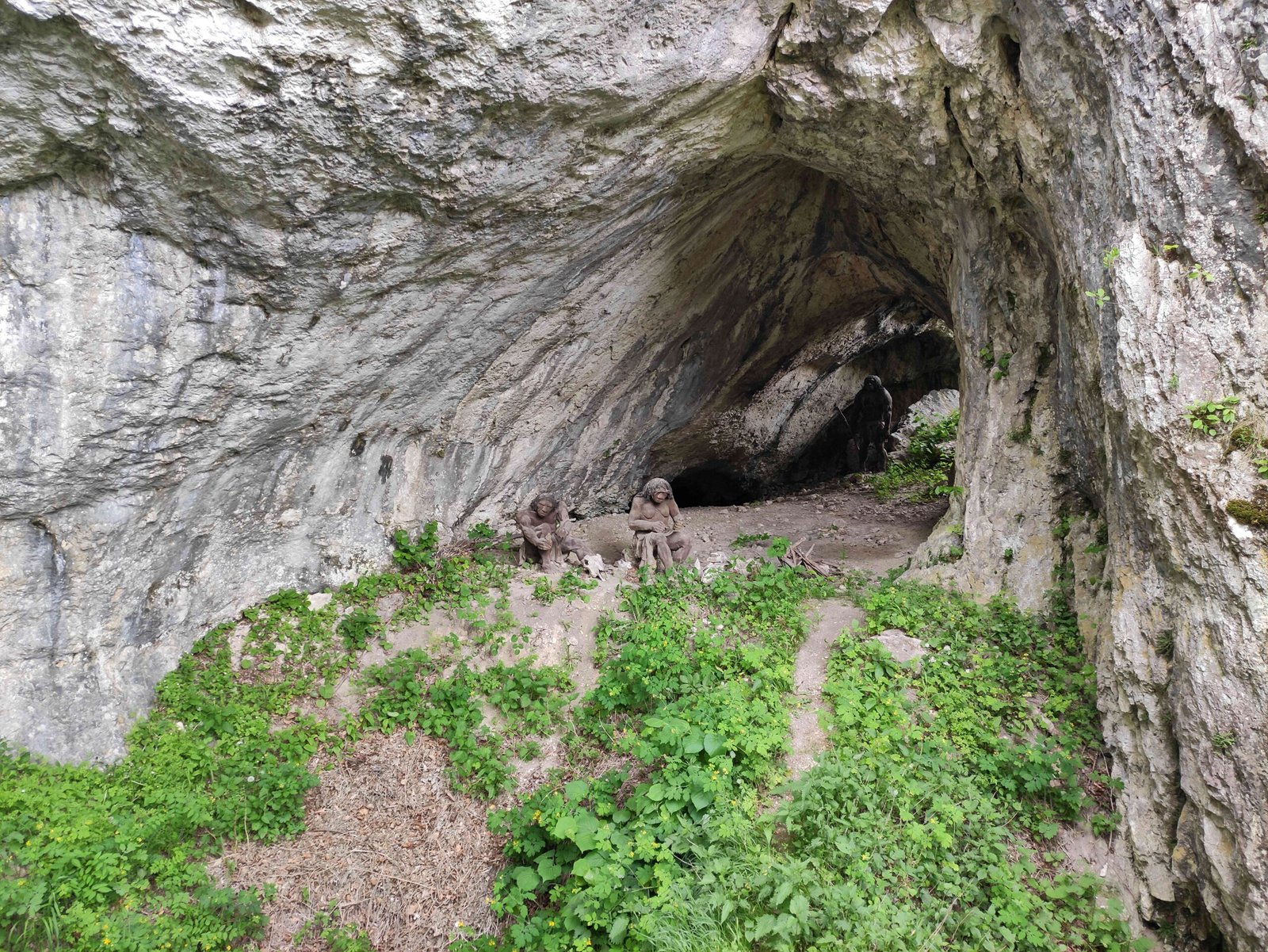
Neanderthals are perhaps the most famous of our extinct relatives, often painted as brutish or simple. Yet the evidence from Denisova Cave shatters these tired stereotypes. Neanderthal bones and tools found in the cave show that they were resourceful, adaptable, and skilled at surviving in Siberia’s freezing winters. Some layers reveal Neanderthal occupation interspersed with that of Denisovans, hinting at possible encounters, cooperation—or competition—between the two. Their presence in the cave is not just a footnote; it’s a chapter in a much larger saga of human migration and resilience.
Modern Humans Arrive: A New Chapter in the Cave
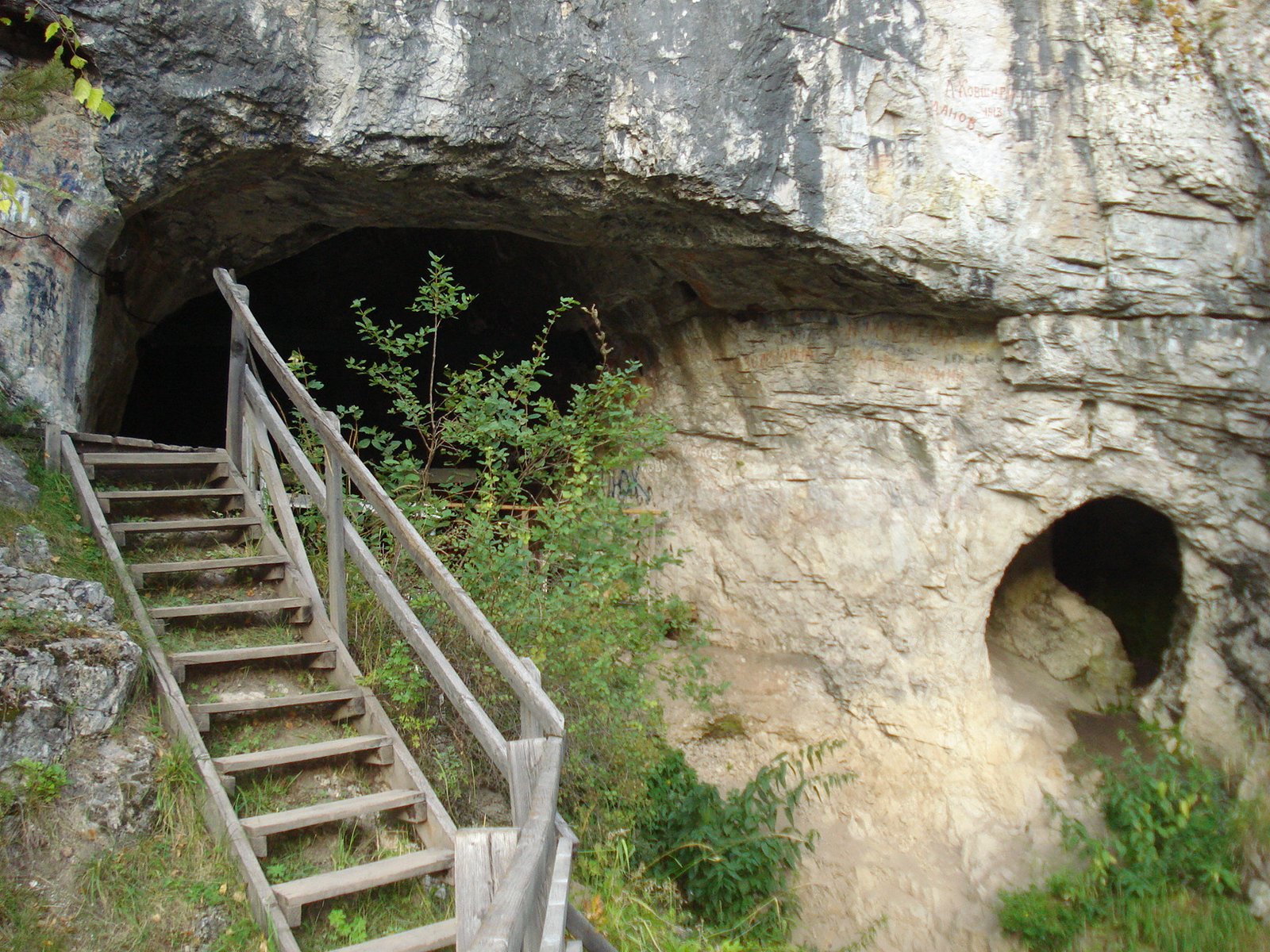
Modern Homo sapiens showed up at Denisova Cave tens of thousands of years after the first Denisovans. Their arrival brought new kinds of tools—sleeker, more delicate blades and decorative items that point to symbolic thinking and artistic expression. DNA evidence confirms that our ancestors didn’t just pass through; they lingered, leaving their own genetic fingerprints in the cave’s deep soils. The mingling of these three species wasn’t just a matter of proximity—sometimes it was intimate, as interbreeding left traces in our own DNA to this day.
A Genetic Time Capsule: DNA Preserved in Stone
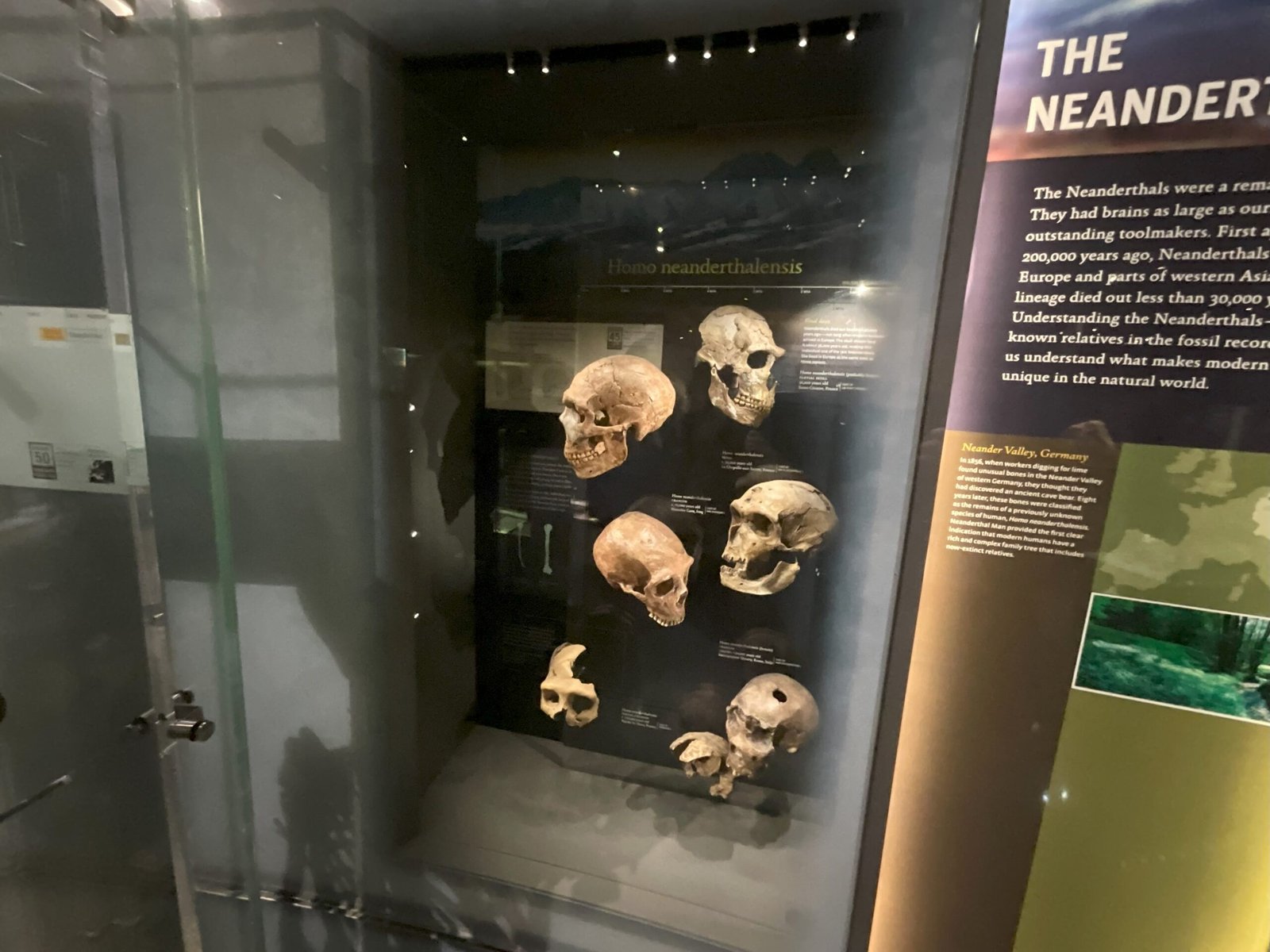
One of the most mind-boggling aspects of Denisova Cave is how well it preserves ancient DNA. The cold, stable environment has acted like a refrigerator, keeping genetic material intact for tens of thousands of years. Scientists have managed to extract entire genomes from tiny bone fragments and even from sediments where no bones remain. This treasure trove of DNA allows researchers to piece together family trees, track migrations, and even identify hybrid individuals—like the famous “Denny,” a girl whose mother was a Neanderthal and father a Denisovan.
The “Denny” Discovery: Proof of Interbreeding
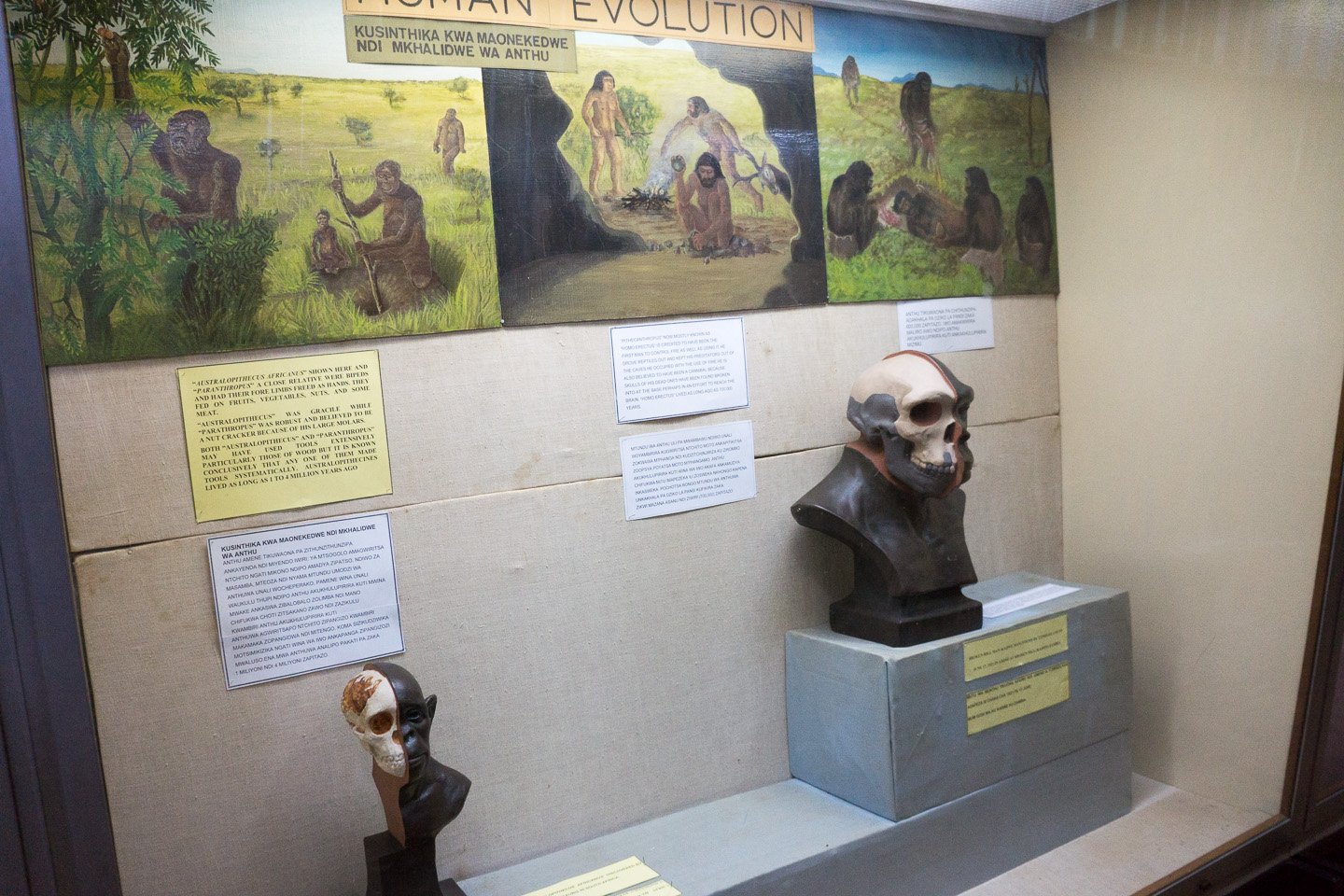
Few finds have rocked the scientific world like the discovery of Denny, the teenage girl with a Neanderthal mother and a Denisovan father. Her remains, a single sliver of bone, were found in Denisova Cave and analyzed in 2018. The results were staggering: this was not just evidence of interbreeding, but proof that it happened more than once, and perhaps often. Denny’s story brings the cave’s ancient drama vividly to life—these were not just populations living side by side, but communities whose lives and fates were intertwined in the most personal of ways.
Tools of Survival: Artifacts from Three Human Worlds
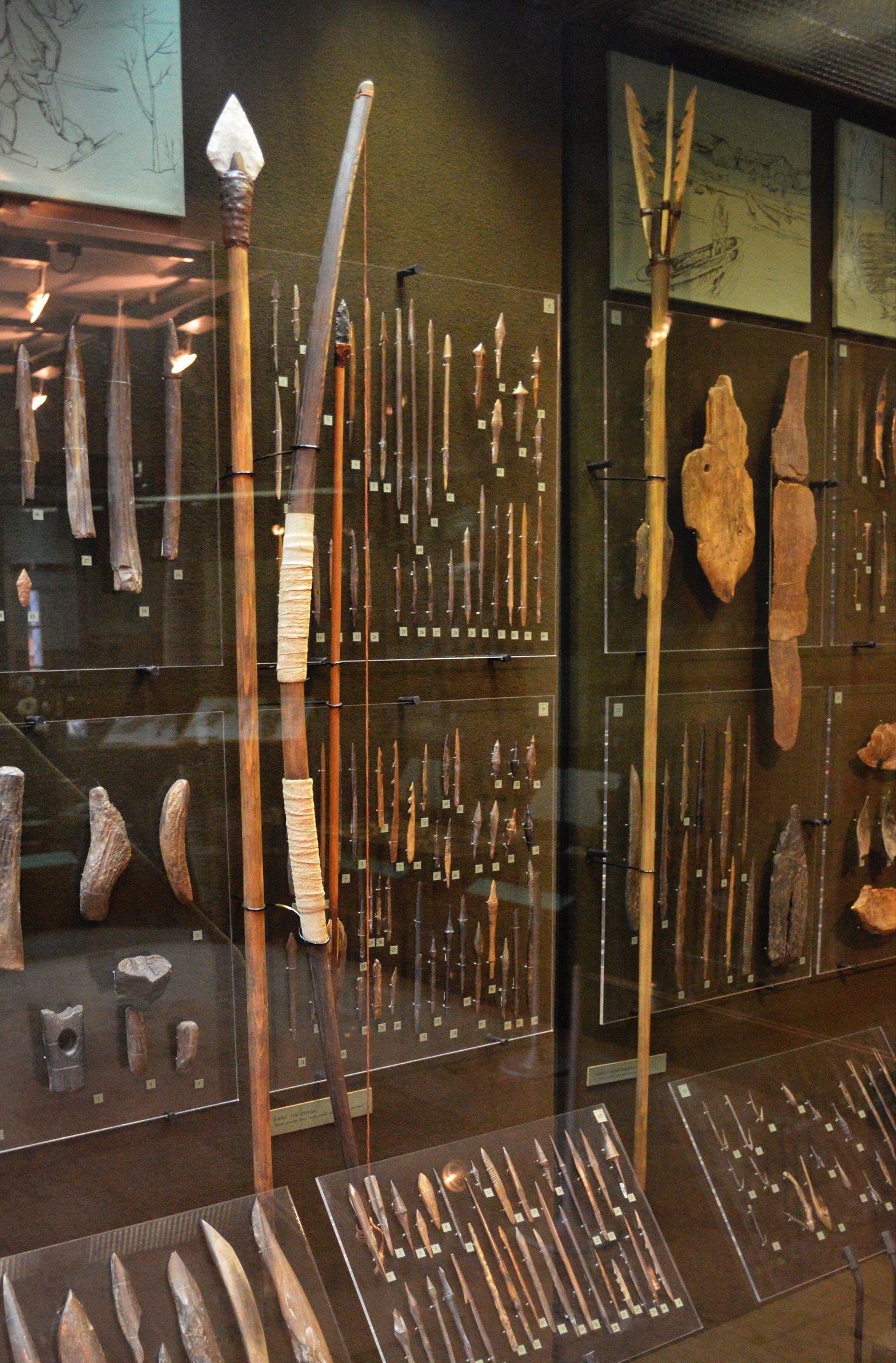
Denisova Cave is filled not just with bones, but with tools—each one a testament to the ingenuity of its makers. From the chunky stone blades of Neanderthals to the delicate bone needles crafted by Denisovans, these artifacts tell a story of adaptation and creativity. Modern humans, too, left their mark with finely made microliths and beads. The diversity of artifacts reveals how each group responded to the challenges of the Ice Age environment, sometimes borrowing ideas from one another, sometimes striking out in new directions entirely.
Jewelry and Art: Signs of Symbolic Thought
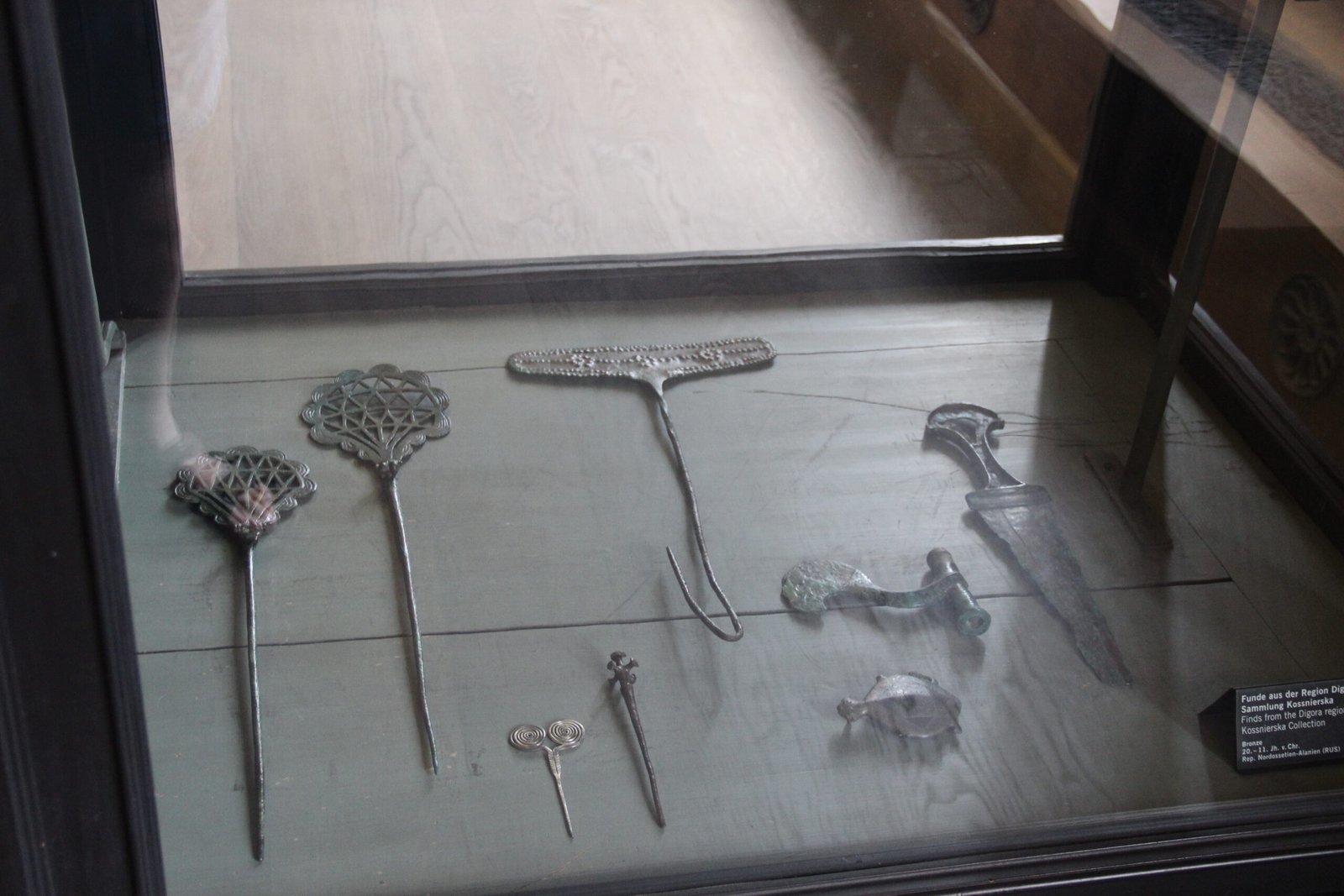
Among the most moving discoveries in Denisova Cave are items of personal adornment—beads made from ostrich eggshell, a bracelet carved from green stone, and pendants etched with mysterious patterns. These objects, some over 40,000 years old, are more than mere decorations. They hint at rituals, beliefs, and the desire to mark special moments. The bracelet, in particular, is astonishingly well-crafted, with a drilled hole that suggests advanced tool use. Such finds force us to rethink what it meant to be “human”—and who, exactly, could claim that title.
Climate and Survival: Life in the Siberian Wilds
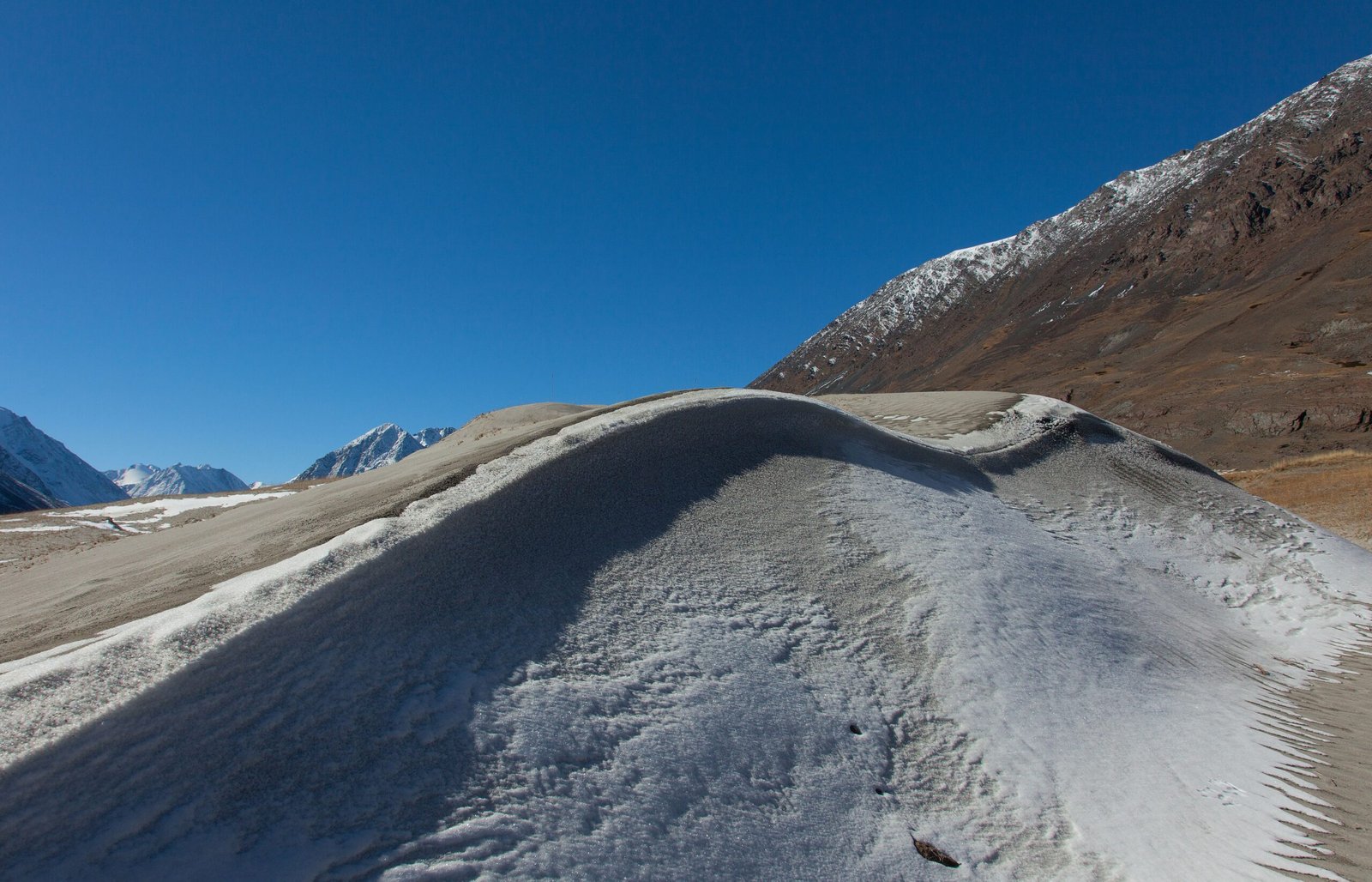
Living in the Altai Mountains was no easy feat. The cave’s ancient inhabitants faced brutal winters, scarce food, and the constant threat of predators. Yet, over tens of thousands of years, Denisovans, Neanderthals, and modern humans all managed to survive here. Layers of animal bones—mammoth, horse, reindeer—show what was on the menu, while pollen grains hint at shifts in climate that may have driven migrations and extinctions. Each group adapted in its own way, using fire, clothing, and community to thrive in an unforgiving world.
Shared Spaces: Did the Three Groups Meet?
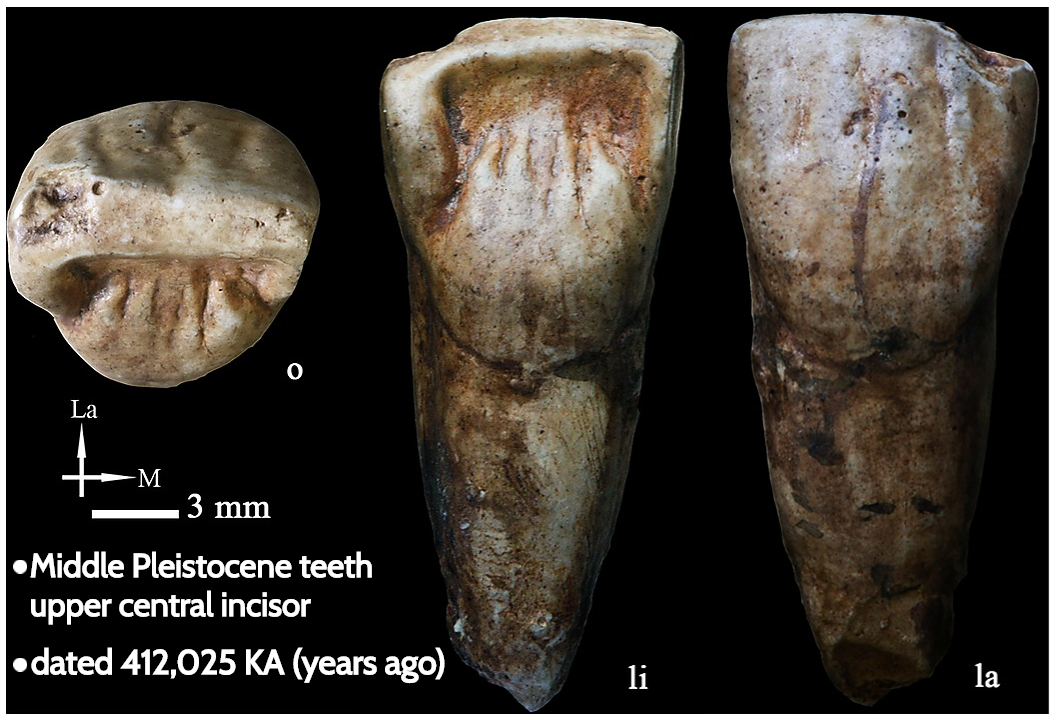
It’s the biggest question of all: did Denisovans, Neanderthals, and modern humans actually meet face to face in Denisova Cave? The evidence says yes, at least sometimes. Overlapping layers suggest that the cave may have changed hands multiple times, with different groups moving in and out as conditions shifted. The discovery of hybrid individuals, like Denny, makes it clear that encounters were not always hostile. It’s possible to imagine scenes of shared fires, traded tools, or even blended families—moments when the boundaries between species blurred.
How Denisova Cave Changed Human History
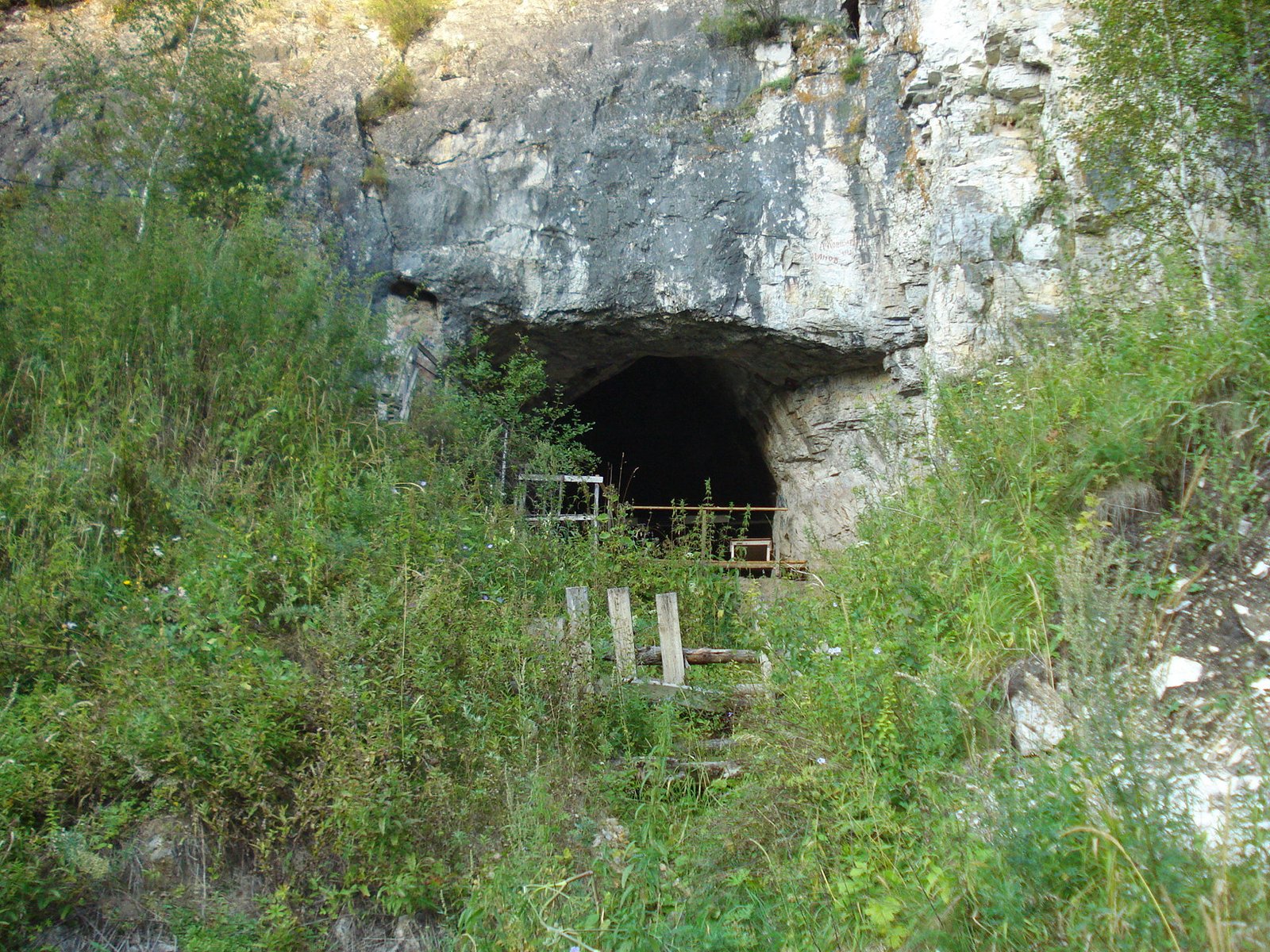
Before Denisova Cave, our understanding of human evolution was simpler—just Neanderthals and us. But the cave blew that story wide open. Its discoveries proved that there were other kinds of humans, equally intelligent and adaptable, who played a crucial role in our past. Genetic studies now show that Denisovan and Neanderthal DNA still shapes who we are today, influencing everything from immunity to how we adapt to high altitudes. The cave is a reminder that the human story is more complex, and more fascinating, than we ever imagined.
Ancient Artisans: The Oldest Known Needle
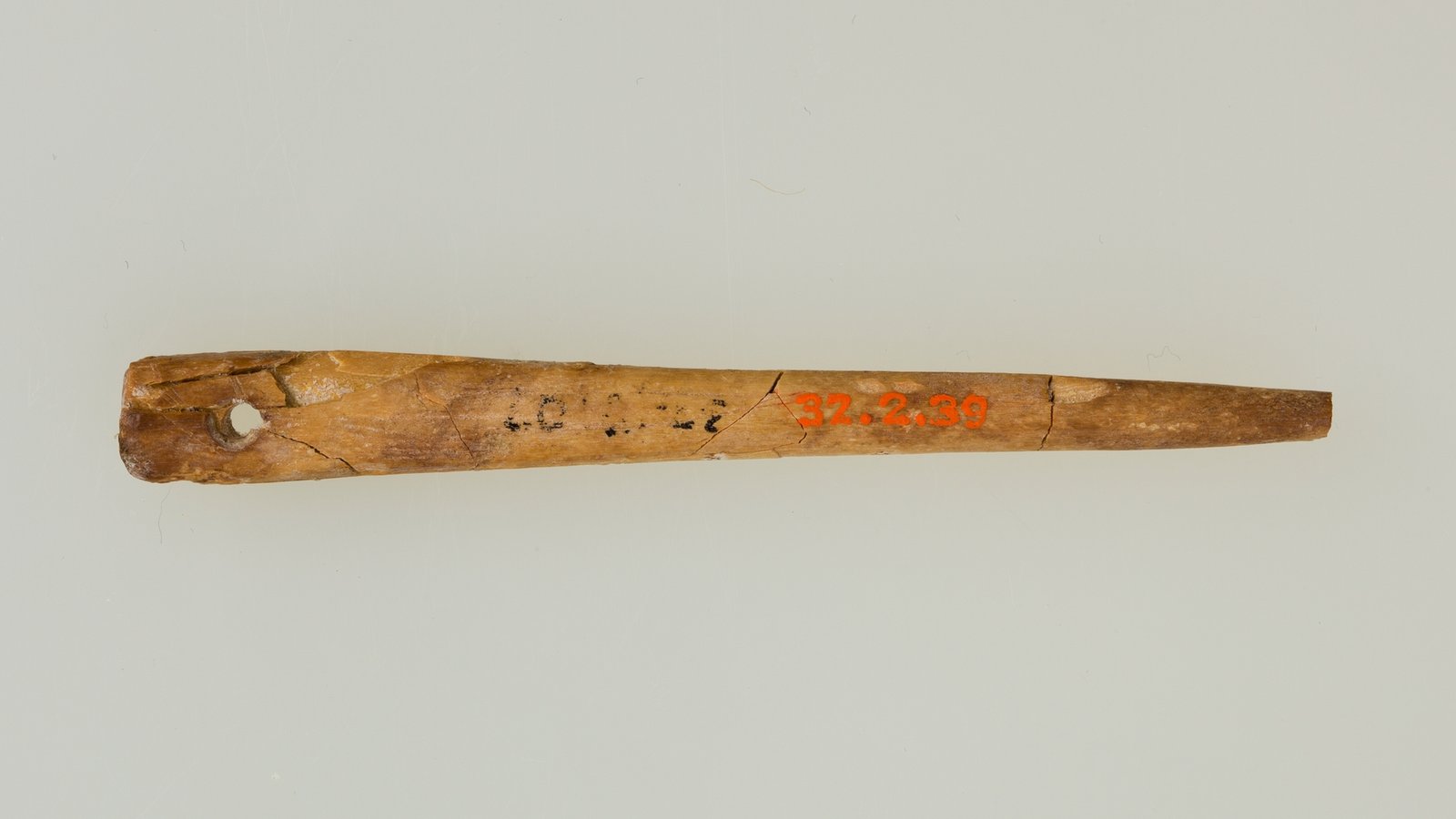
One of the most remarkable finds in Denisova Cave is a tiny, perfectly crafted needle made from bird bone—over 50,000 years old. This tool is a marvel of prehistoric engineering, far older than any similar object found elsewhere. It tells us that Denisovans weren’t just surviving; they were innovating, sewing clothes to withstand the Siberian cold. The needle is a symbol of creativity and adaptability, qualities that all three human groups in the cave clearly shared.
The Role of Fire: Hearths, Ash, and Warmth
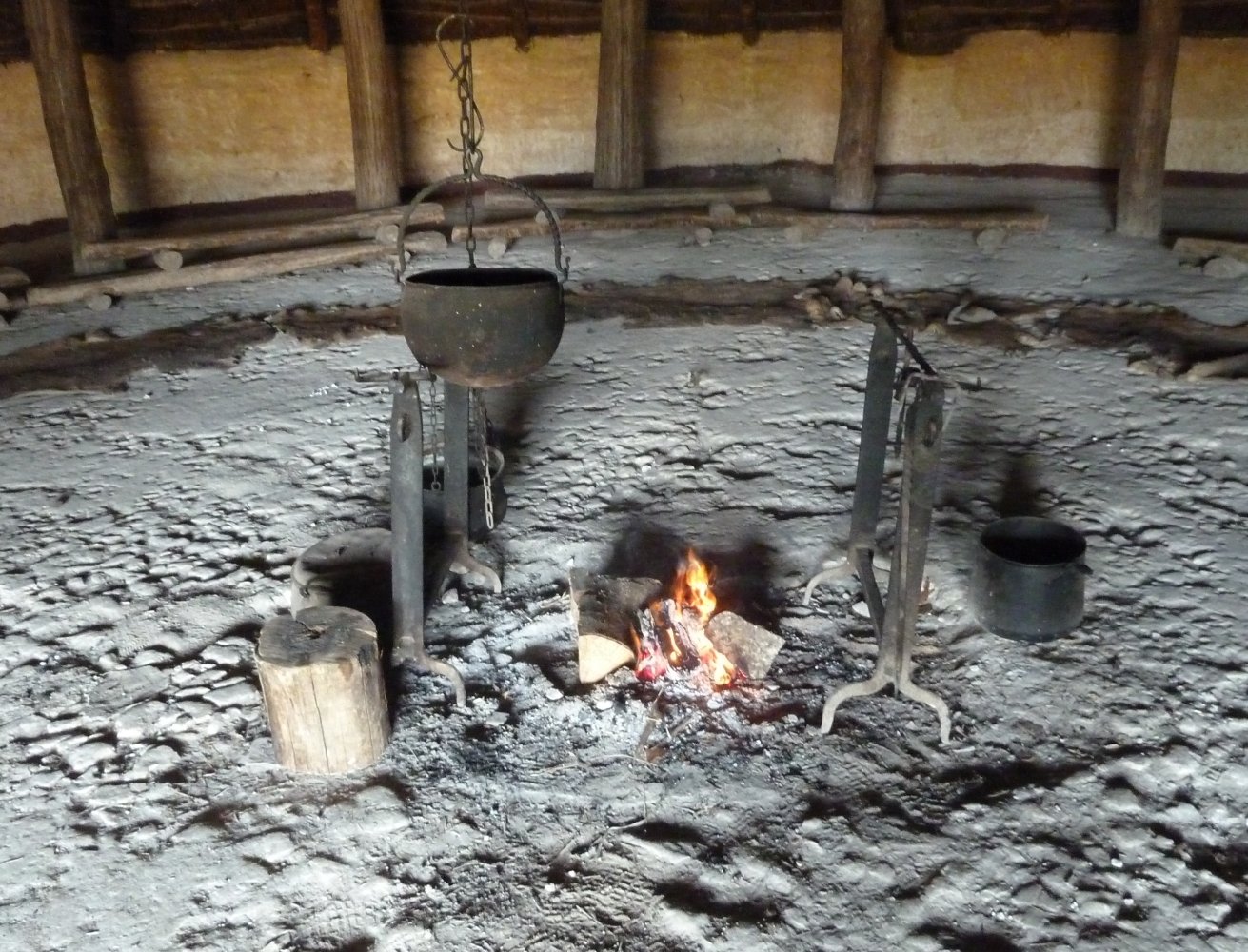
Throughout the cave, archaeologists have found traces of ancient hearths—charcoal, ash, and burned bones. Fire was essential for survival, providing warmth, light, and a way to cook tough meat. The remains of ancient fires also reveal something more intimate: the rhythms of daily life, the stories told around the flames, and the bonds formed in the flickering shadows. For all three human species, fire was not just a tool, but a gathering place—a symbol of community in the vast, cold wilderness.
Animal Neighbors: Coexisting with Prehistoric Beasts
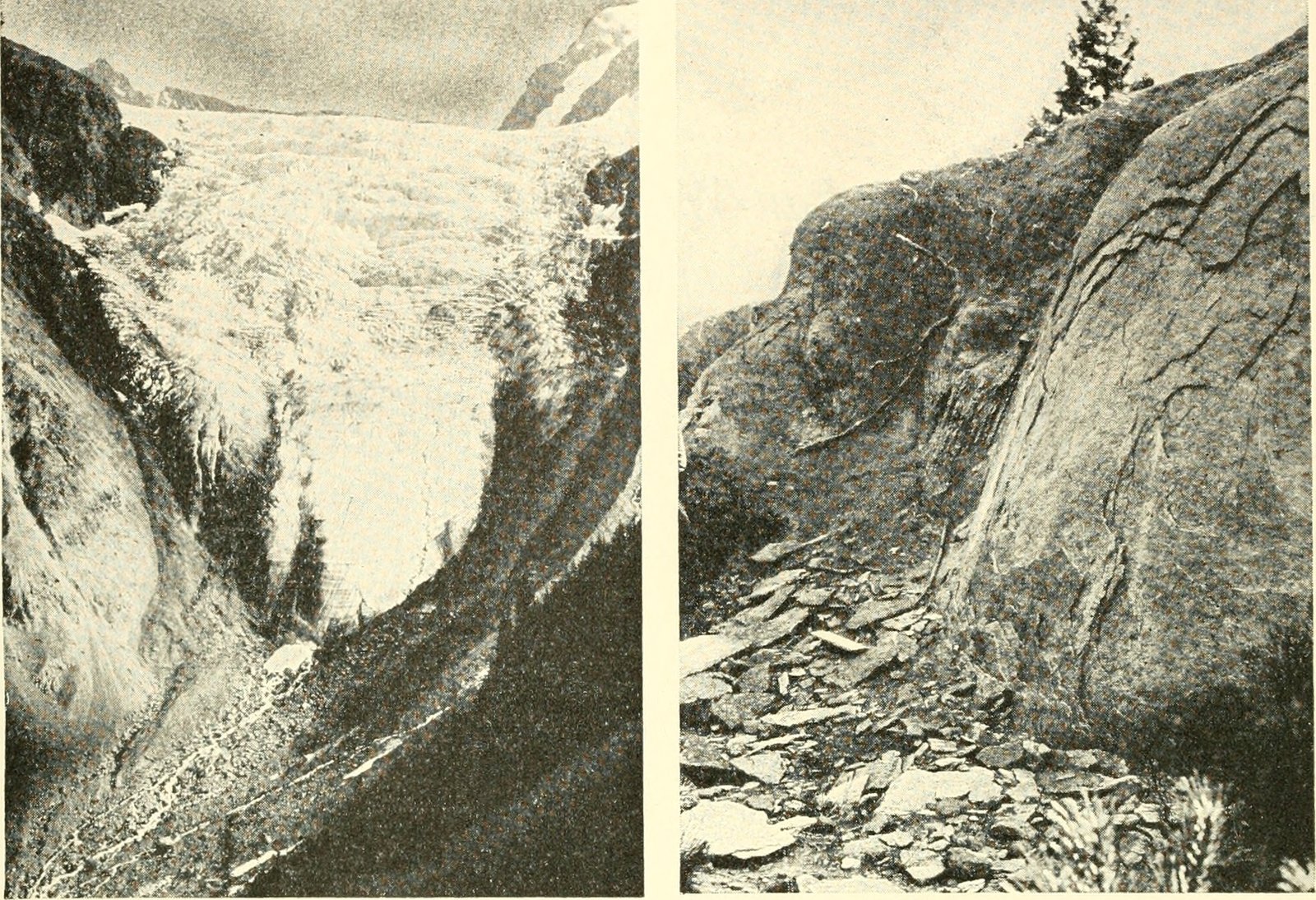
Denisova Cave was not just home to humans, but to an array of Ice Age animals. Cave lions, hyenas, giant deer, and woolly rhinoceroses all roamed the surrounding valleys. Sometimes, these animals took shelter in the cave too, leaving behind teeth, bones, and claw marks. The struggle to coexist with such formidable neighbors shaped the lives of Denisovans, Neanderthals, and modern humans alike. Their tools and hunting strategies were honed in a world where danger lurked at every turn.
Burials and Beliefs: Signs of Ritual and Care
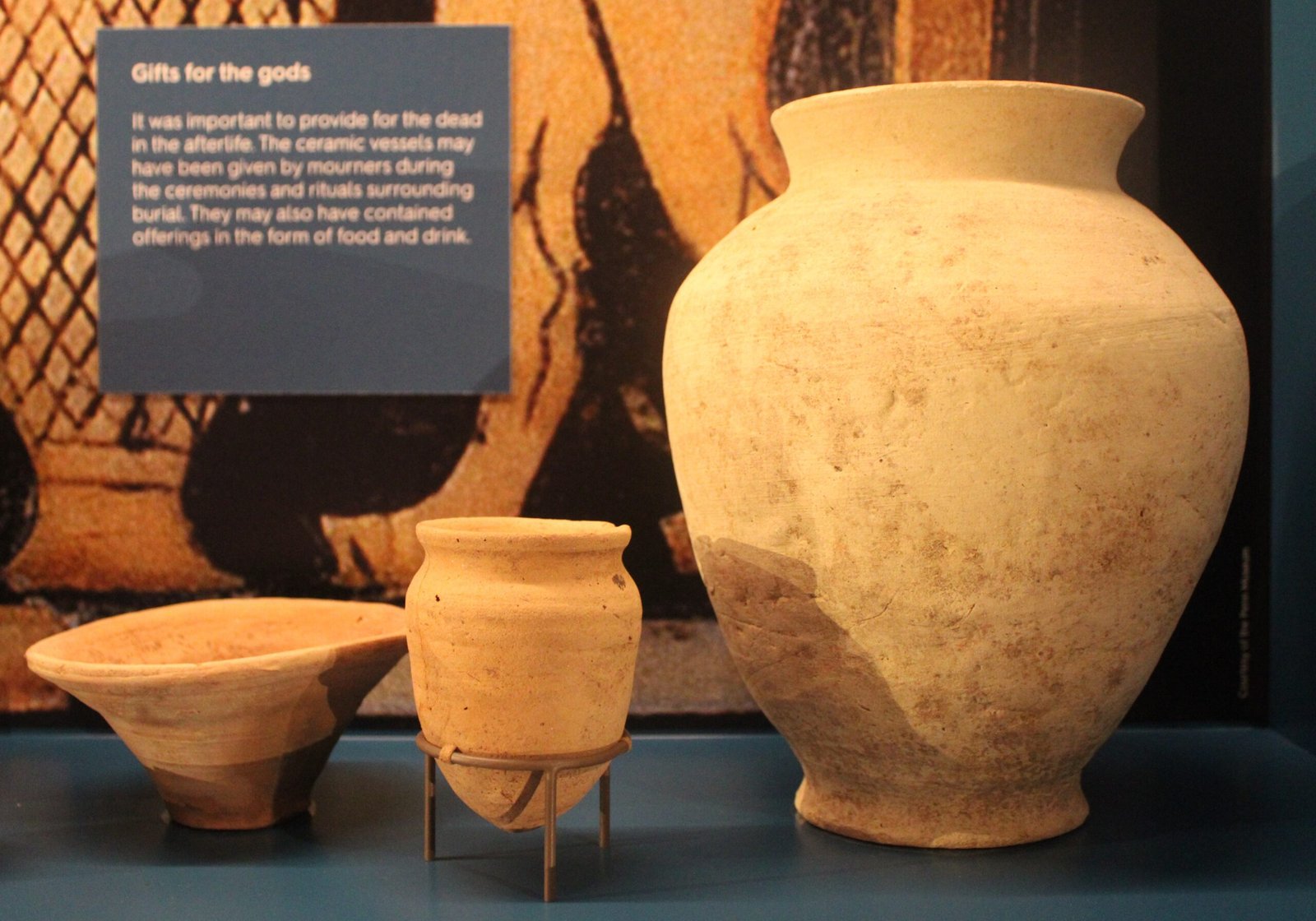
Though no formal burials have been found in Denisova Cave so far, some human remains show signs of careful placement. Skulls and bones are sometimes arranged in ways that suggest a sense of meaning or ritual. Combined with the presence of jewelry and art, this hints at beliefs about life, death, and perhaps even an afterlife. These traces of care and ceremony bridge the gap between us and our ancient cousins, reminding us that the longing for meaning is as old as humanity itself.
Modern Science Meets Ancient Mystery
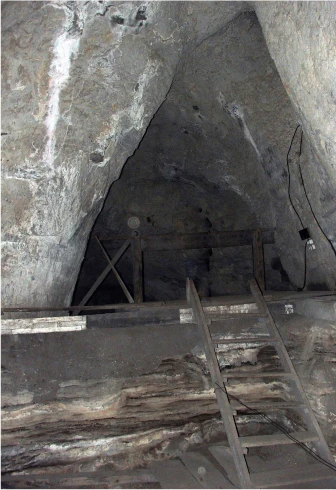
Unlocking the secrets of Denisova Cave has required every tool in the scientist’s kit—from radiocarbon dating to next-generation DNA sequencing. Each new technique peels back another layer of mystery, revealing new connections and surprising twists. Yet, for all the high-tech wizardry, there’s still something magical about the cave—a sense that it holds more secrets, waiting for curious minds to discover them. The intersection of old bones and new science makes Denisova Cave a place where the past is always present.
The Cave’s Legacy: What It Means for Us Today
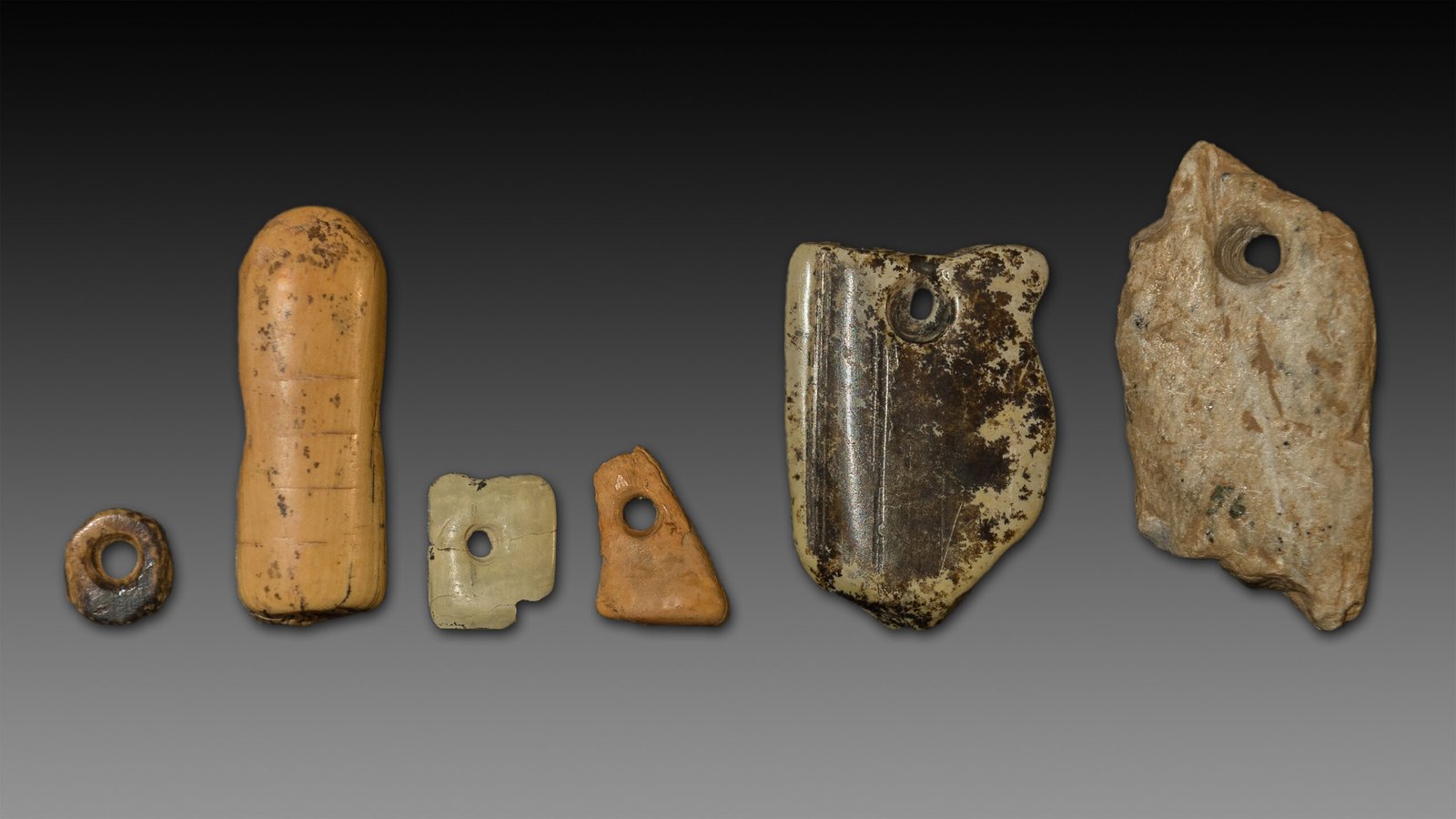
Denisova Cave stands as a monument to the tangled, multicultural roots of humanity. Its lessons ripple outward, challenging old ideas about race, identity, and what it means to be “human.” As we learn more about how our ancestors met, mingled, and sometimes loved across species lines, we’re reminded of our shared origins—and our shared future. The cave’s story isn’t just about the past; it’s about the richness and diversity of the human experience itself.
Pushing the Boundaries: What Will We Find Next?
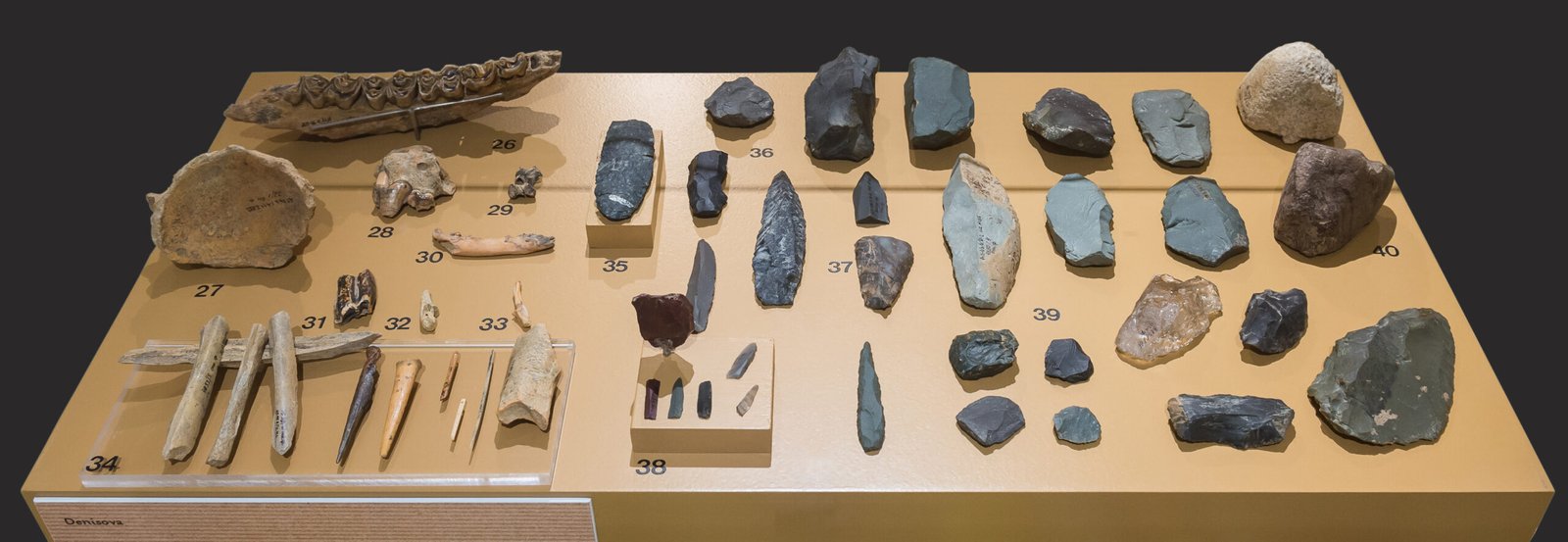
Despite everything we’ve learned, Denisova Cave still holds mysteries. New excavations continue, and each year brings fresh discoveries—another tooth, a stone tool, a fragment of DNA that changes everything we thought we knew. The cave is a living laboratory, a place where questions outnumber answers and the next breakthrough could be just a few shovelfuls away. For scientists and dreamers alike, Denisova Cave is a reminder to keep searching, keep asking, and never stop being amazed by the human journey.
A Window into a Lost World
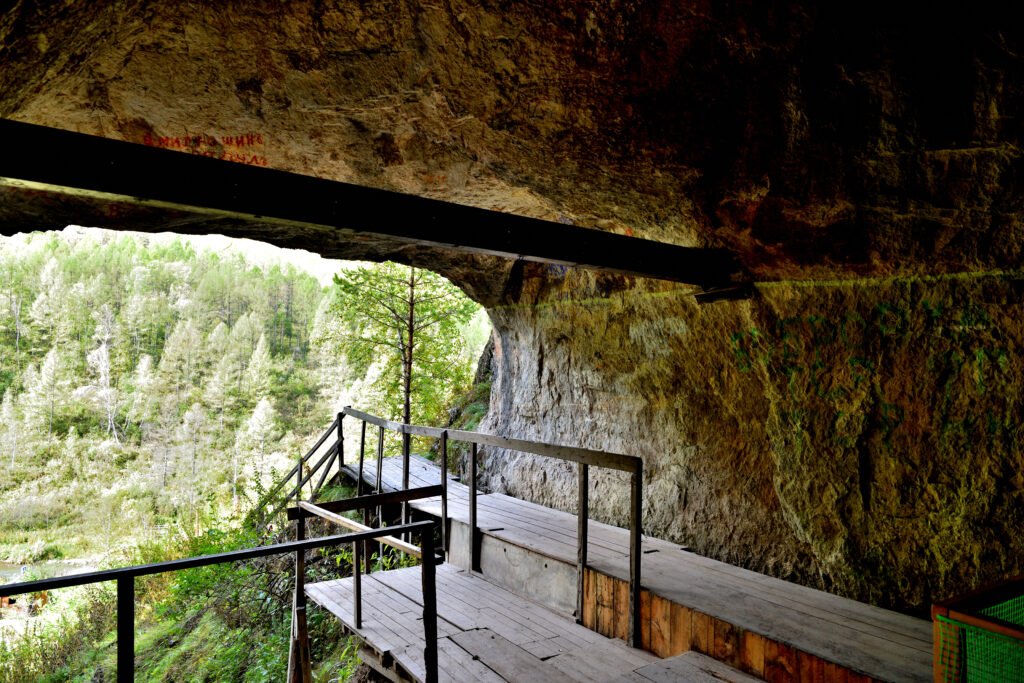
Walking through Denisova Cave, you can almost hear echoes of laughter, the crackle of fire, the hush of whispered stories. In its cold stone walls are the fingerprints of three human species, each one carving out a life in the shadows of the Altai Mountains. Their legacy is written in our DNA, their tools and art a testament to the power of imagination and resilience. Denisova Cave is more than a relic; it’s a window into a lost world, one that still shapes who we are today.

